U.S Wheat Associates (USW) and the National Association of Wheat Growers (NAWG) joined 90 agriculture, humanitarian, shipping, and labor organizations in signing a letter opposing a proposed reduction of $619 million to the Food for Peace Program.
The letter was addressed to the U.S. House Committee on Appropriations, which released an initial funding bill for Fiscal Year 2025. That bill included the significant cut to Food for Peace.
Ag Groups Concerned
The proposed reduction caused alarms to go off within agricultural groups that participate in food assistance programs. Food for Peace is the largest food assistance program in which USW participates. Wheat typically makes up about 60% of commodities donated under the program.
“Such a drastic cut would really be a blow, not just wheat farmers, but people involved in growing all commodities used in the program,” said Peter Laudeman, USW’s Director of Trade Policy. “This is tremendously important to a variety of American stakeholders. A crucial question about foreign aid programs is, ‘how does the U.S. best implement foreign aid policy? We think starting with American constituencies is important. And that is exactly what the Food for Peace program does – it starts with U.S. farmers growing food. That is why we were proud to sign on to that letter and push back against this substantial cut.”
House Vote Pending
The letter to the House Appropriations Committee begins by asking committee members to vote “no” on the Agriculture, Rural Development, Food and Drug Administration and Related Agencies Appropriations Act, 2025.
“Under the current text, our nation’s flagship international food aid program Food for Peace would be funded at only $1 billion, an enormous $619 million reduction from FY24 levels, already a large cut from FY23, and dramatically below the authorized level of $2.5 billion,” the letter then explains. “Catastrophically, this further cut comes at a time of unprecedented global hunger. Now is not the time to slow the provision of much-needed aid.”
Along with USW and NAWG, other groups signing the letter included the North American Millers’ Association, the Kansas Association of Wheat Growers, and the Washington Association of Wheat Growers.
Laudeman is hopeful that the U.S. Senate’s version of the bill may not have that same drastic cut to Food for Peace. It is possible the final piece of legislation may include funding levels at or close to existing funding levels.

During his visit to Kenya, USW Director of Trade Policy Peter Laudeman was given a tour of the World Food Programme warehousing facility for the Kakuma refugee camp.
Food Aid Learning Journey to Kenya
As part of its Food Aid Working Group, USW has conducted fact-finding visits to countries receiving U.S. assistance. Laudeman recently traveled to Kenya, where, thanks to the World Food Programme (WFP) he was able to observe how food assistance is utilized locally.
“We spent time in Mombasa looking at import infrastructure and warehousing capabilities, and how they manage grain. The Kenyan operation also serves as an East African regional hub for all of the programs and activities,” Laudeman explained. “They’ve historically received wheat into Mombasa, had the wheat toll milled, and sent the flour on to other countries like the Democratic Republic of the Congo for emergency feeding needs. I was also able to spend time in Nairobi meeting with more of the logistics team. I also met with the country director for the World Food Programme in Kenya, and learned more about their long-term structural environment.
“Perhaps the most exciting thing I learned is that the World Food Programme said they could use a shipment of U.S. wheat at any time,” Laudeman said. “And so, while that is not an immediate opportunity, it is something about which we hope to work with the U.S. government. We will continue to discuss where wheat is being used in food assistance programs. Everyone wants to learn how we can make it easier. We also want to see how we can make coordination and logistics work.”


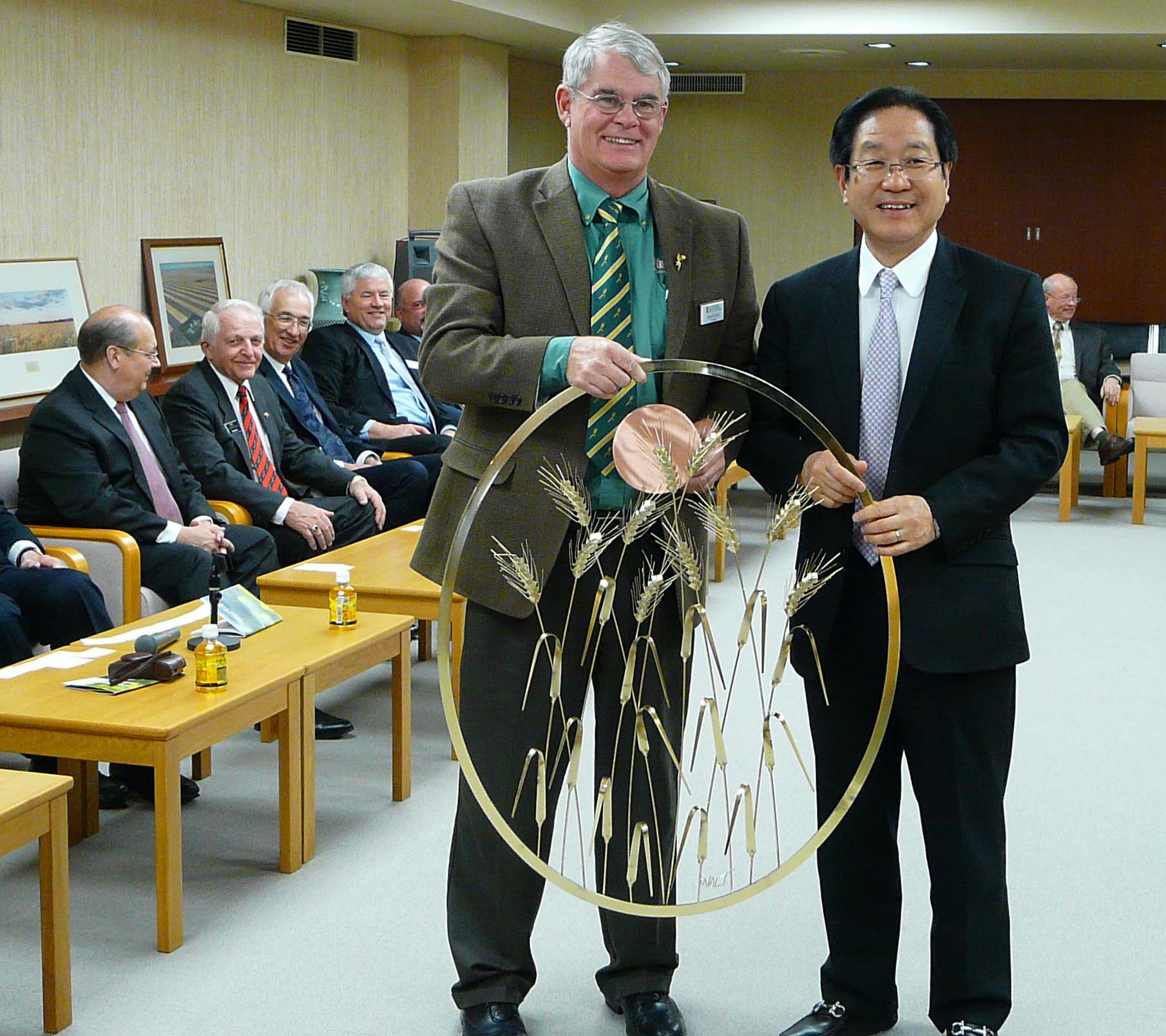
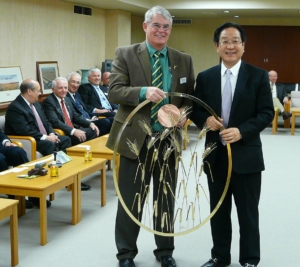

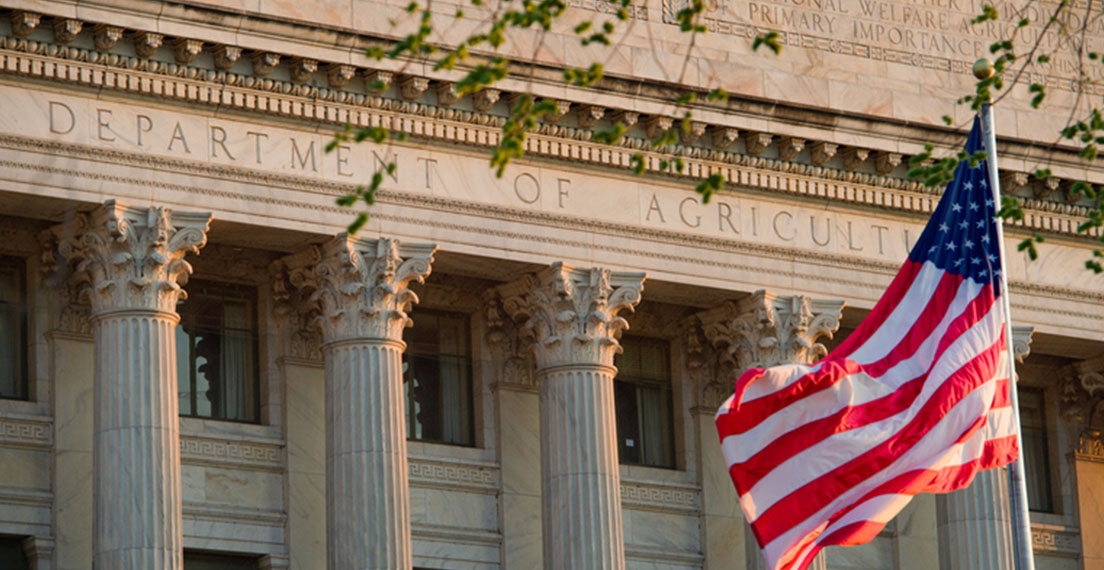
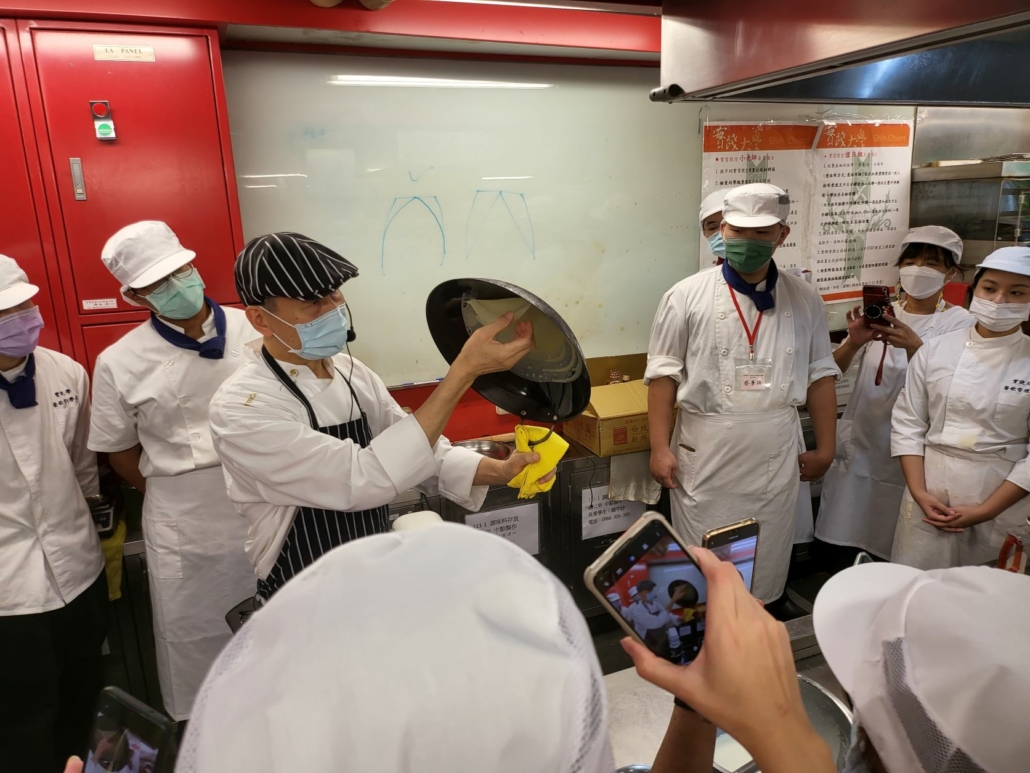
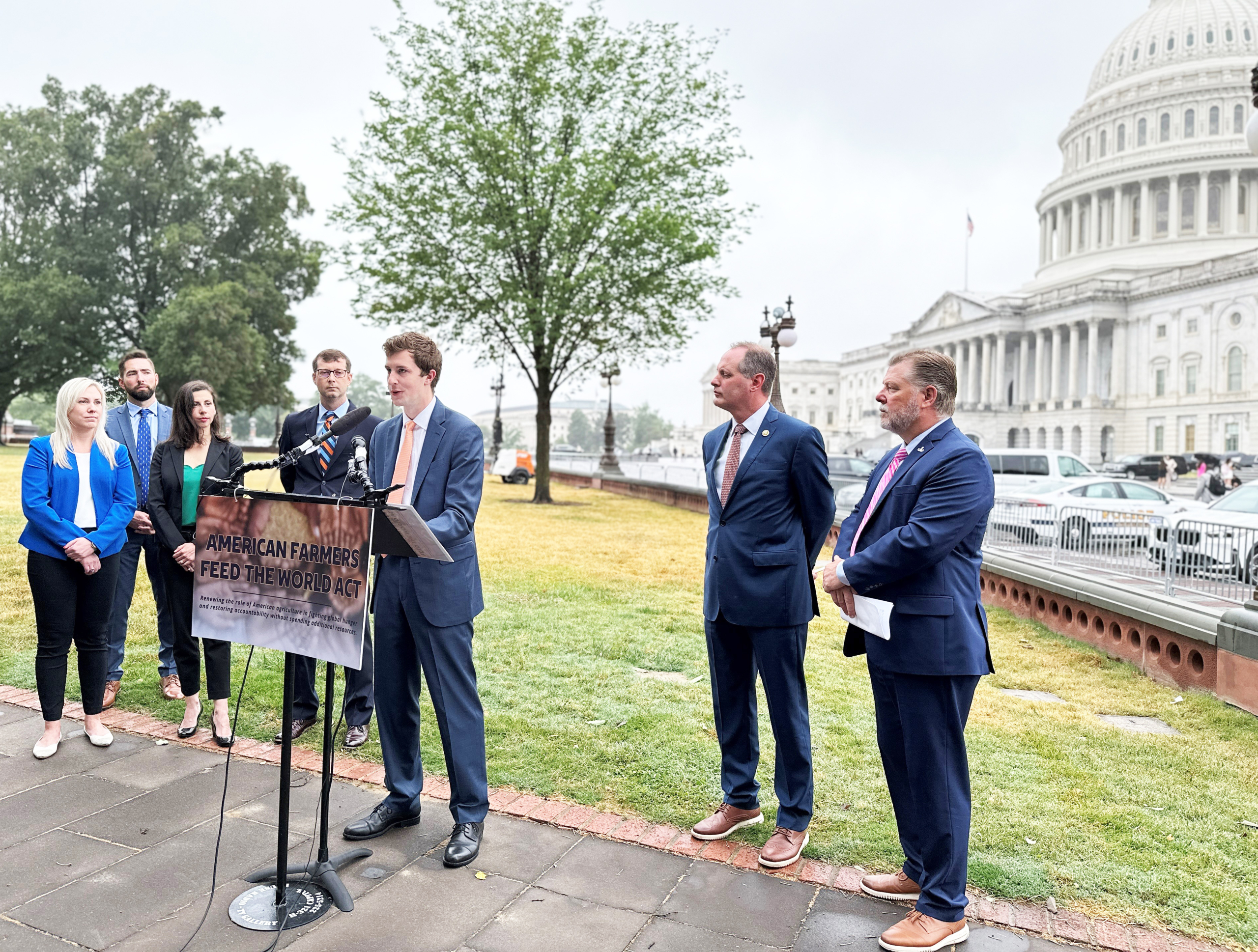
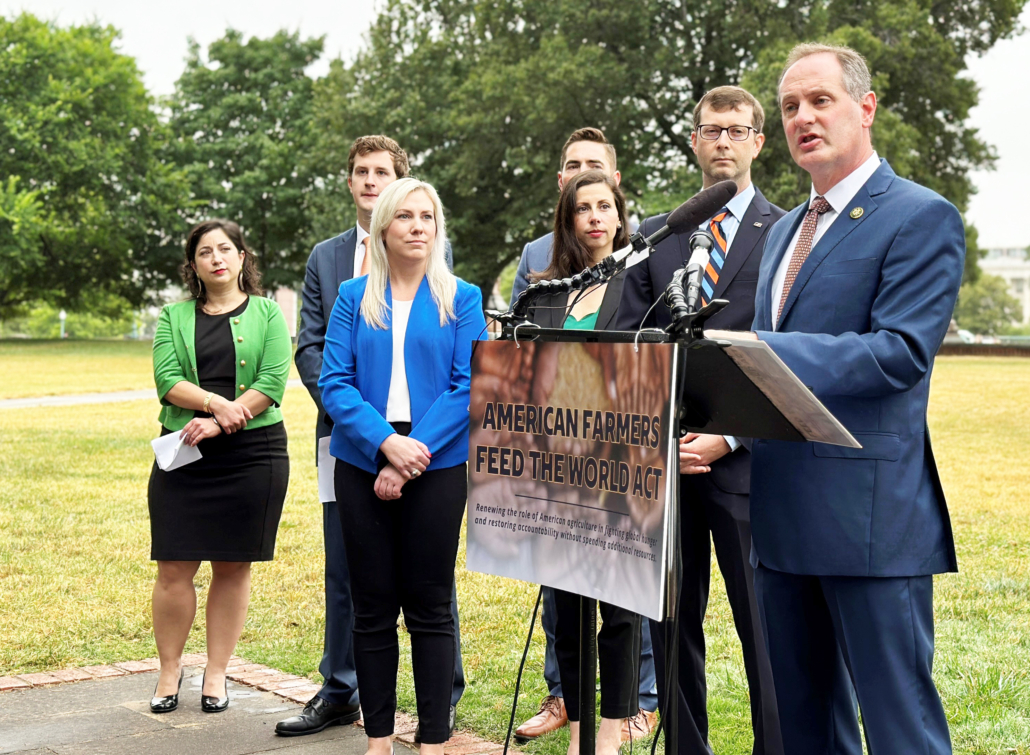
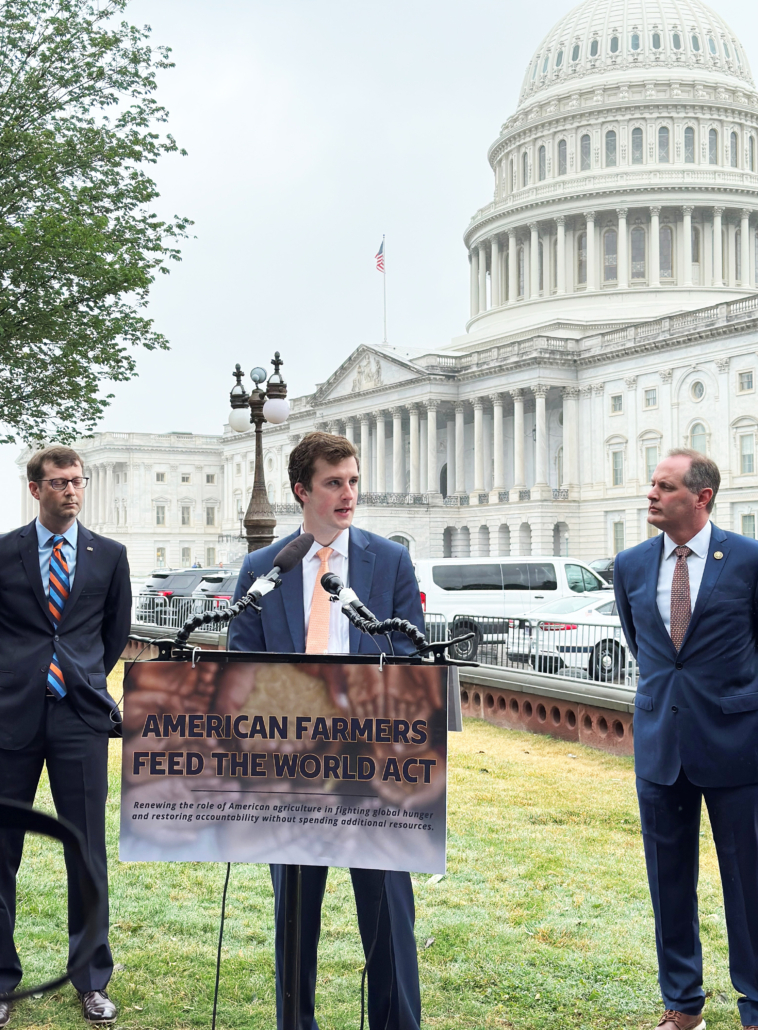


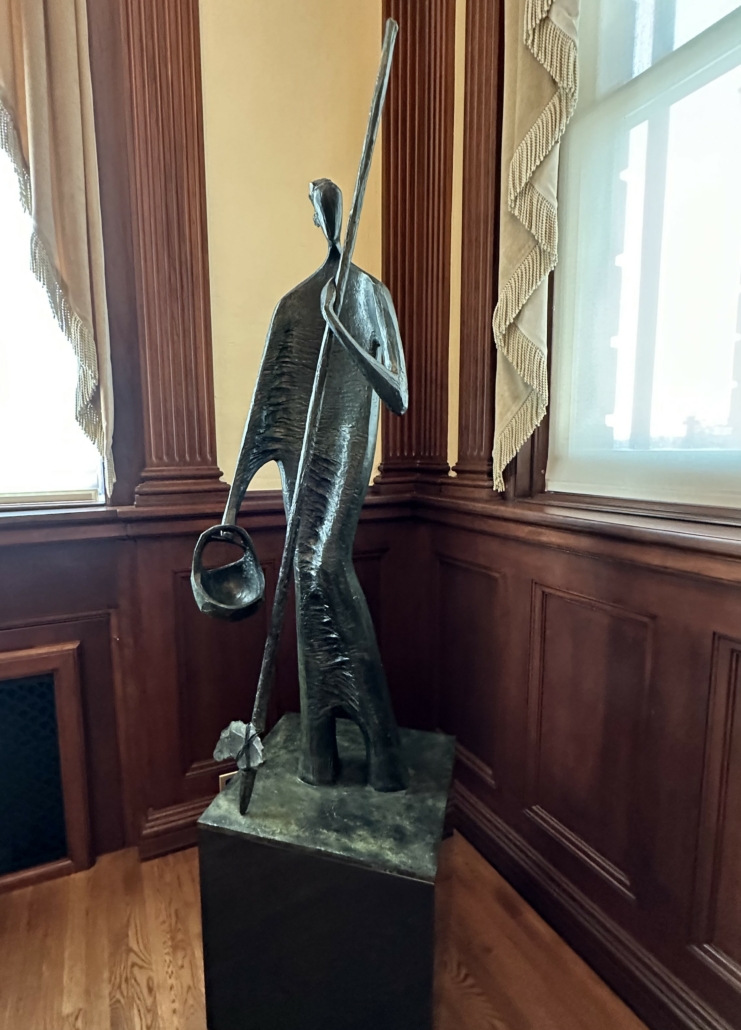
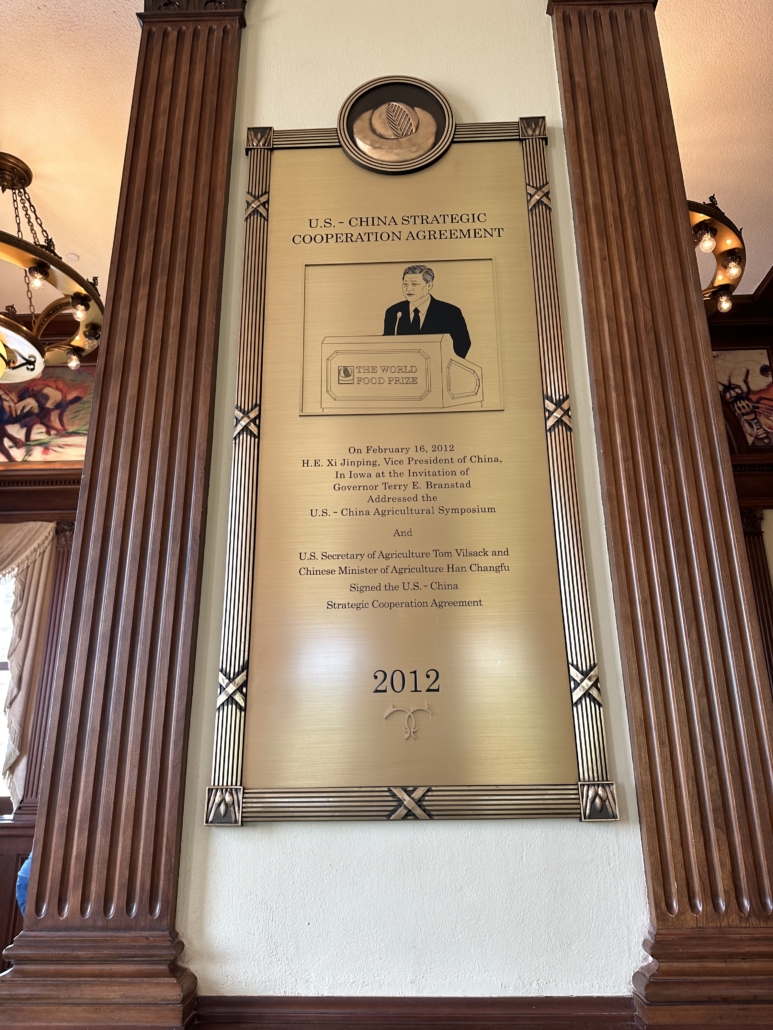
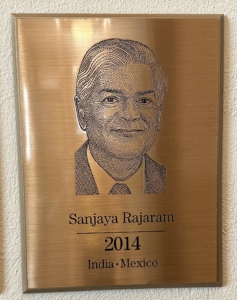
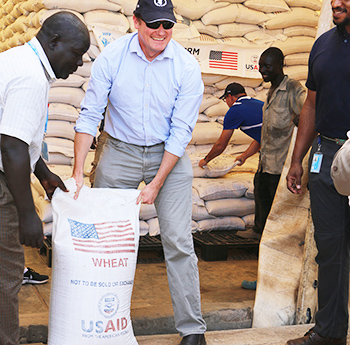
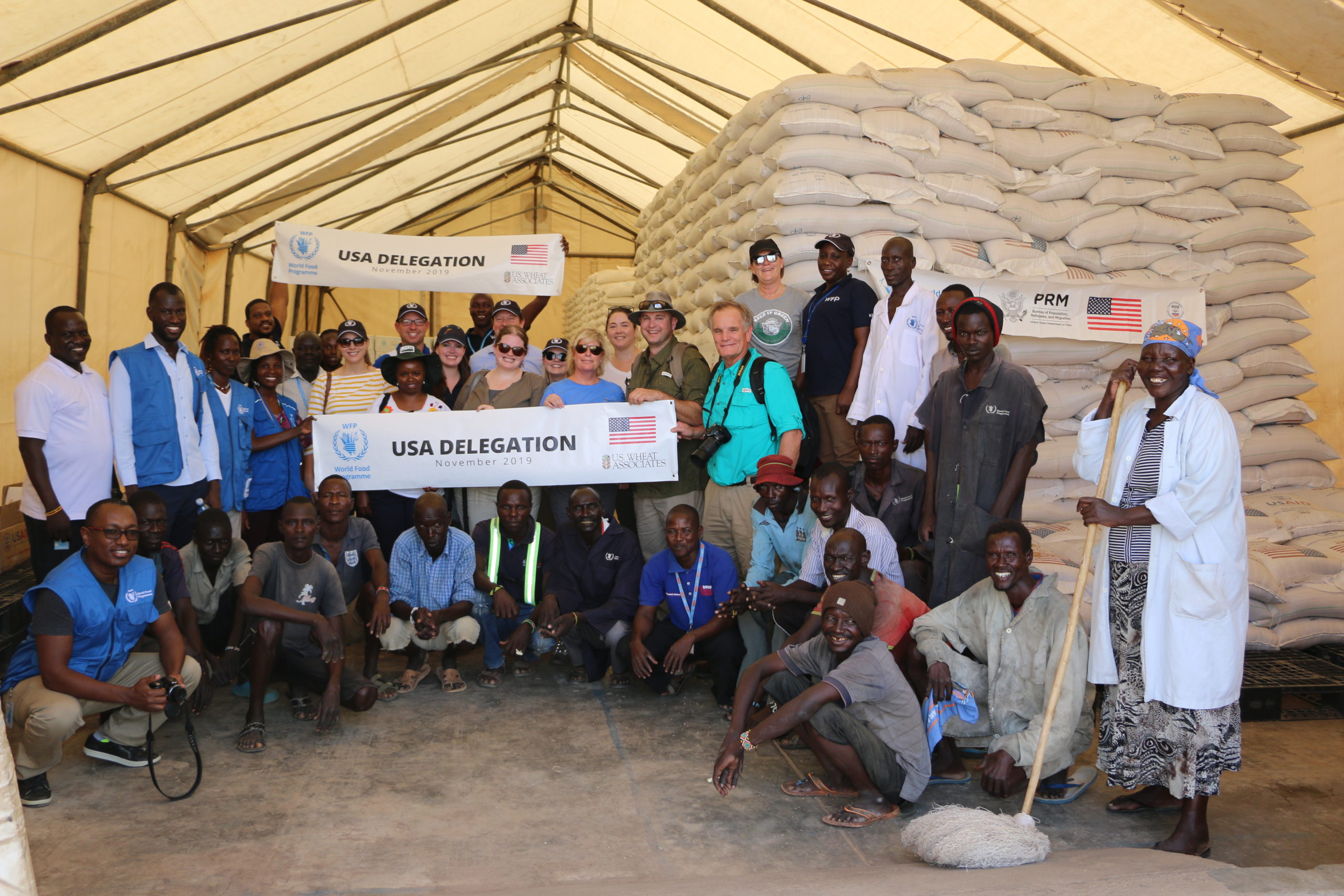
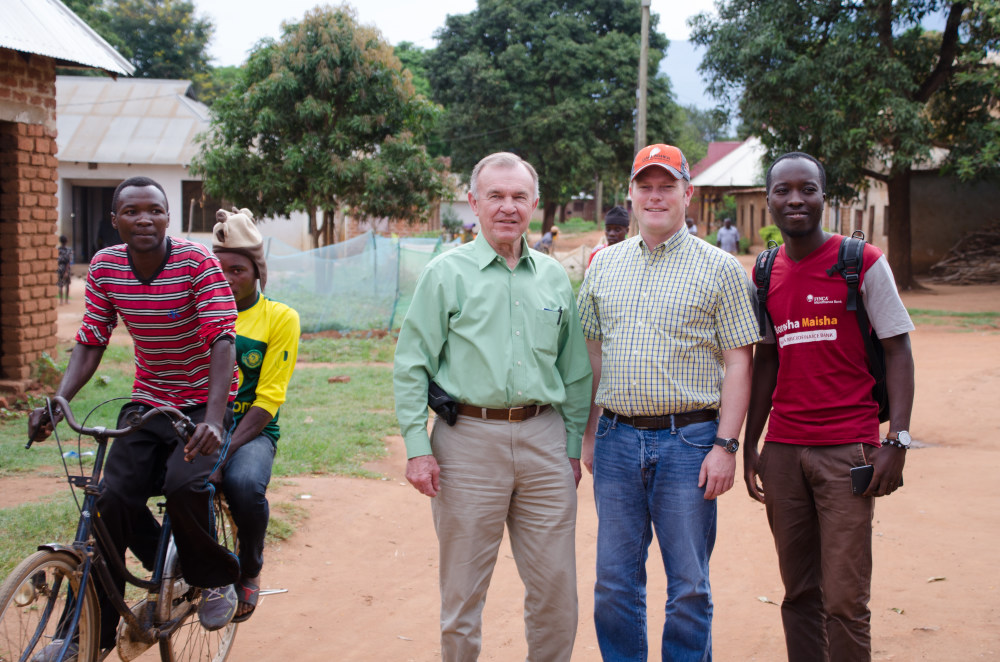
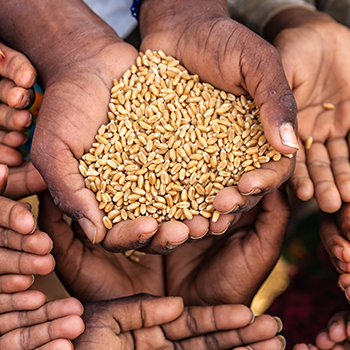
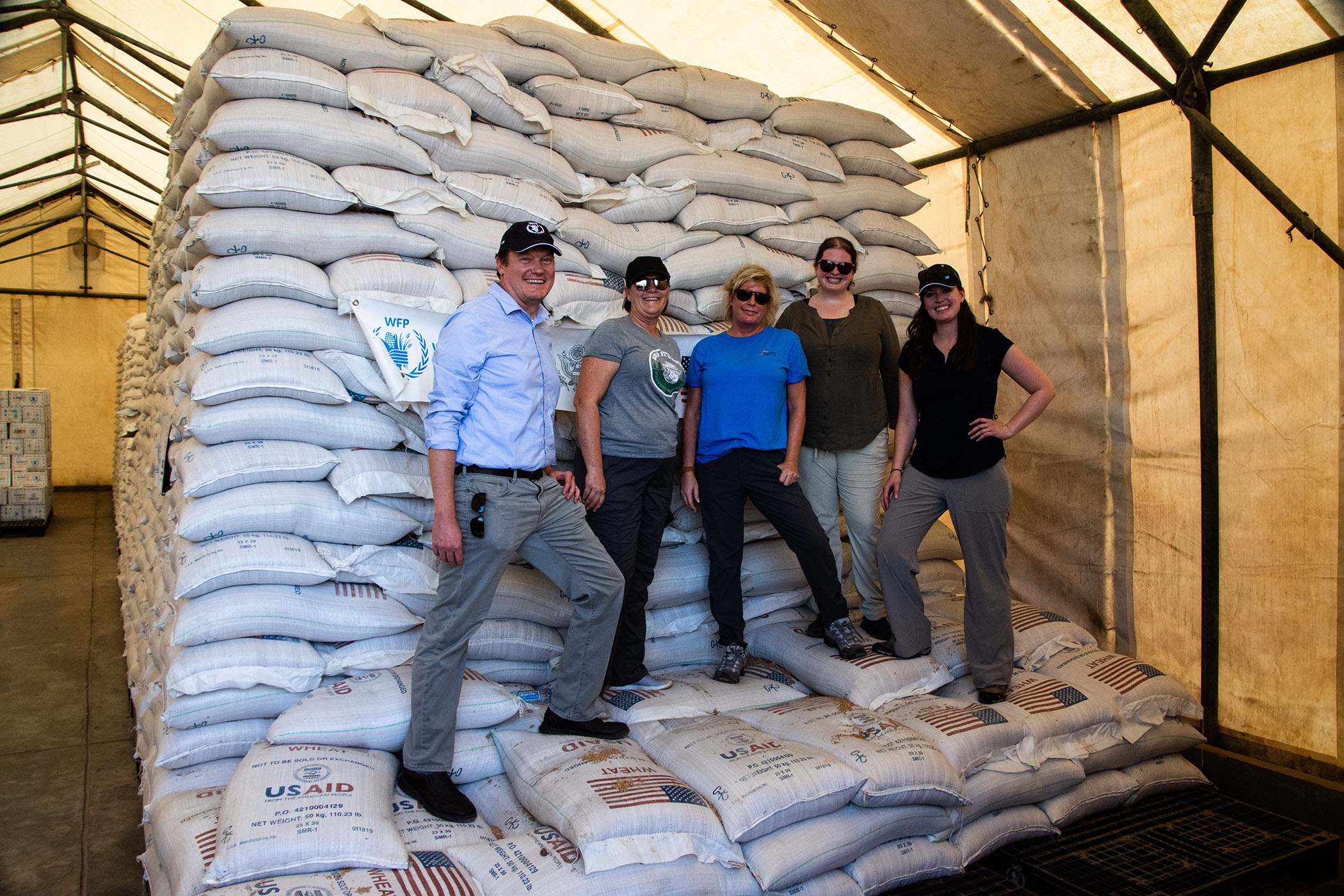
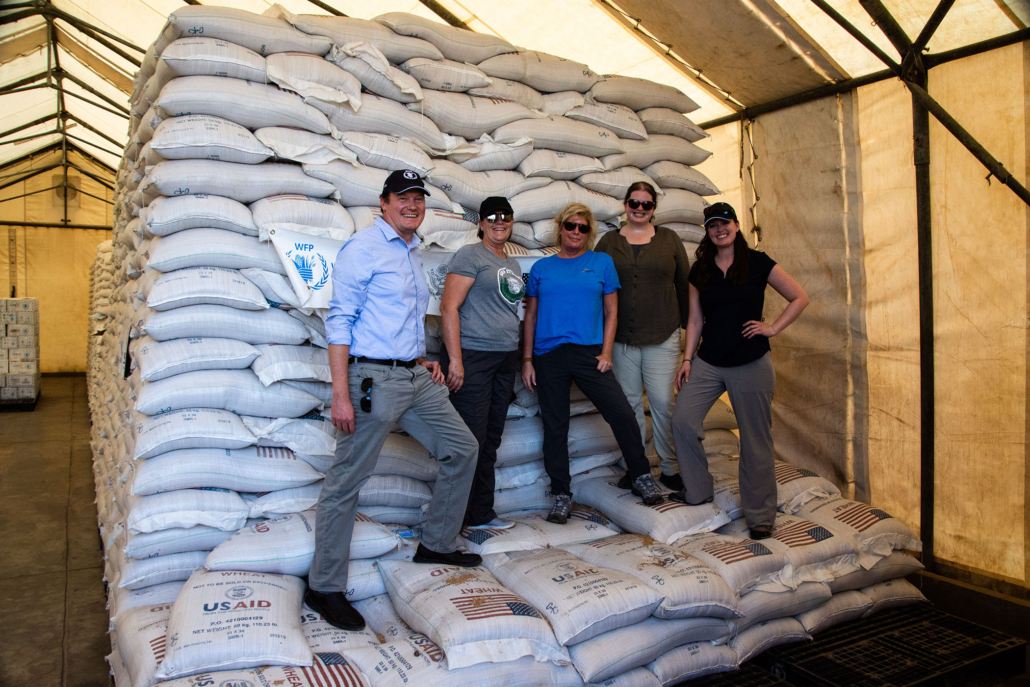
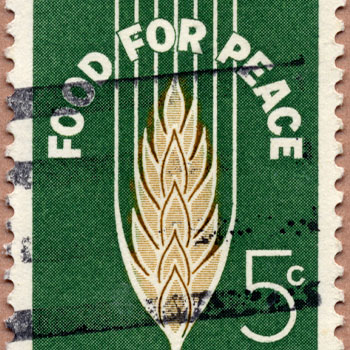
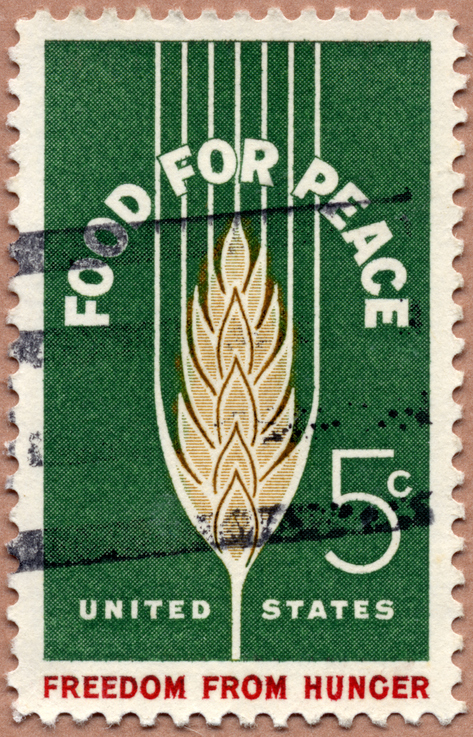 Virtual meetings with officials this year focused on two major challenges: a rising trend toward using larger amounts of cash and vouchers in food aid programs; and cargo preference shipping rules that increase the cost of U.S.-sourced wheat and other commodity donations.
Virtual meetings with officials this year focused on two major challenges: a rising trend toward using larger amounts of cash and vouchers in food aid programs; and cargo preference shipping rules that increase the cost of U.S.-sourced wheat and other commodity donations.